Norm Architects and Kinfolk choose six sensory tasks from The Contact
Norm Architects and way of life journal Kinfolk have authored The Contact, a ebook that explores sensory interiors and structure. Listed here are six of their favorite tasks from the title.
Named The Contact, the ebook is split into 5 components that Norm Architects and Kinfolk see because the “constructing blocks” for creating sensory areas: mild, materiality, color nature and neighborhood.
In addition to giving readers an perception into 25 visually-striking structure and interiors tasks, the ebook additionally consists of interviews with main figures in “human-centric design” together with John Pawson and David Thulstrup.
“It’s usually mentioned that magnificence lies within the eye of the beholder. In The Contact, [we] current an alternate: that good design will not be solely visually interesting however engages the entire human senses,” the 2 authors defined.
Norm Architect’s co-founder, Jonas Bjerre-Poulsen, talks us by way of his studio and Kinfolk’s picks:
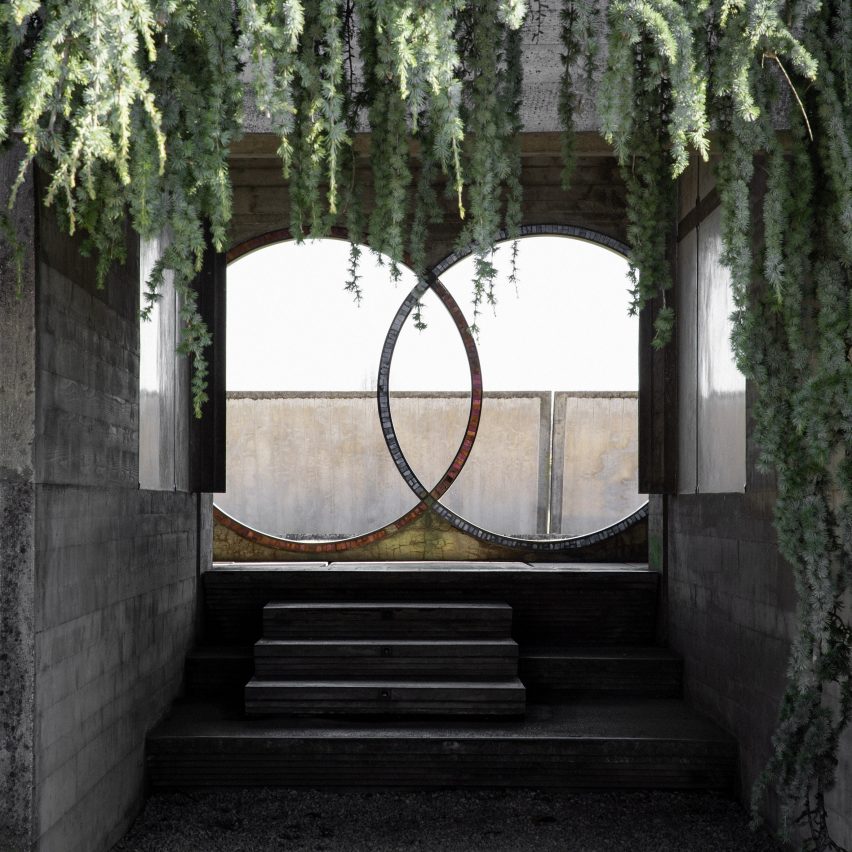 Photograph by Christian Moller Andersen
Photograph by Christian Moller Andersen
Tomba Brion, Italy, by Carlo Scarpa
Tomba Brion – that interprets as The Brion Tomb – is hidden away within the tiny Italian village of San Vito di Altivole.
Measuring over 2,200 sq. metres, the positioning contains of a sequence of contemplative concrete volumes linked by gardens, water options and ring-shaped walkways slowly being taken over by creeping vegetation.
“Considering the thought of neighborhood for The Contact, Tomba Brion got here to thoughts – it is perhaps a mausoleum however it feels very welcoming,” mentioned Bjerre-Poulsen.
“Ever since I began residing in Copenhagen on the age of 19, going to the cemetery to stroll, speak and assume has been a particular factor for me.”
“Additionally, Carlo Scarpa’s wonderful challenge has at all times held a particular place in my coronary heart. I spent a full yr in structure college learning his work,” he added.
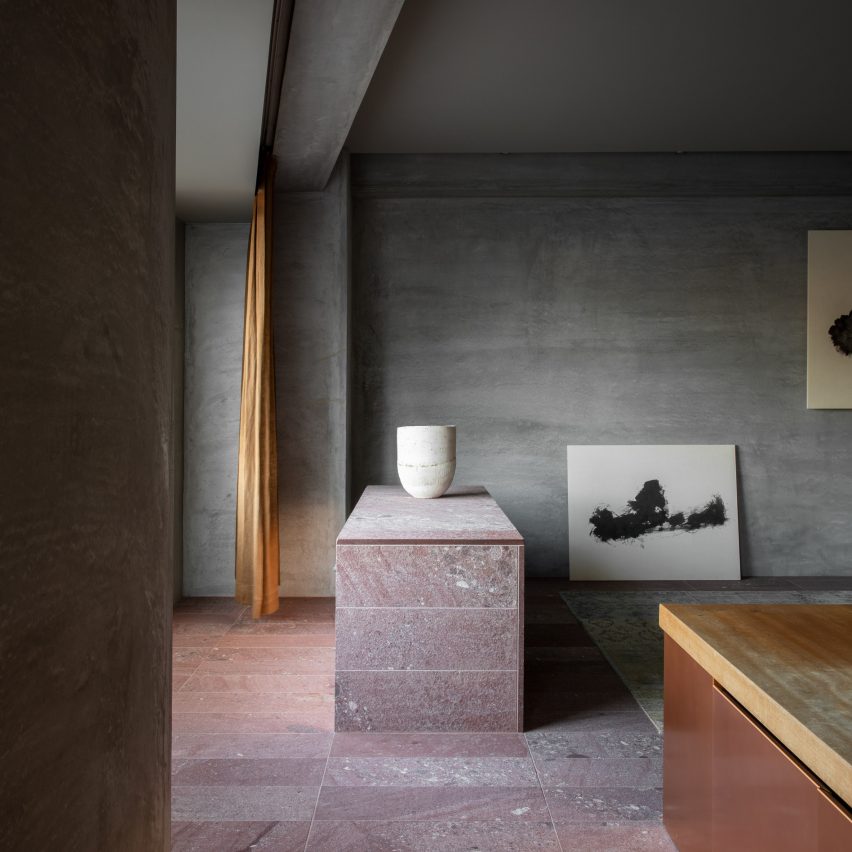
Bijuu Residence, Japan, by Teruhiro Yanagihara
Kyoto’s three-room Bijuu Residence resort occupies the 100-year-old house of a once-successful pickle service provider household.
The constructing’s storied previous is what got here to encourage architect and inside designer Teruhiro Yanagiuhara’s materials palette: surfaces all through are rust-coloured to imitate the hue of the unique red-brick partitions, complemented by mud-dyed curtains and wood furnishings.
“Experiencing the Bijuu Residence as a bodily interpretation of town, however in a really vibrant, up to date and nonetheless pure method was a giant discovery for me,” defined Bjerre-Poulsen.
“It was inspirational to see how you can flip pure supplies right into a colourfully contrasted area that also has all of the haptic, tactile and human-centric properties of an area designed for the senses.”
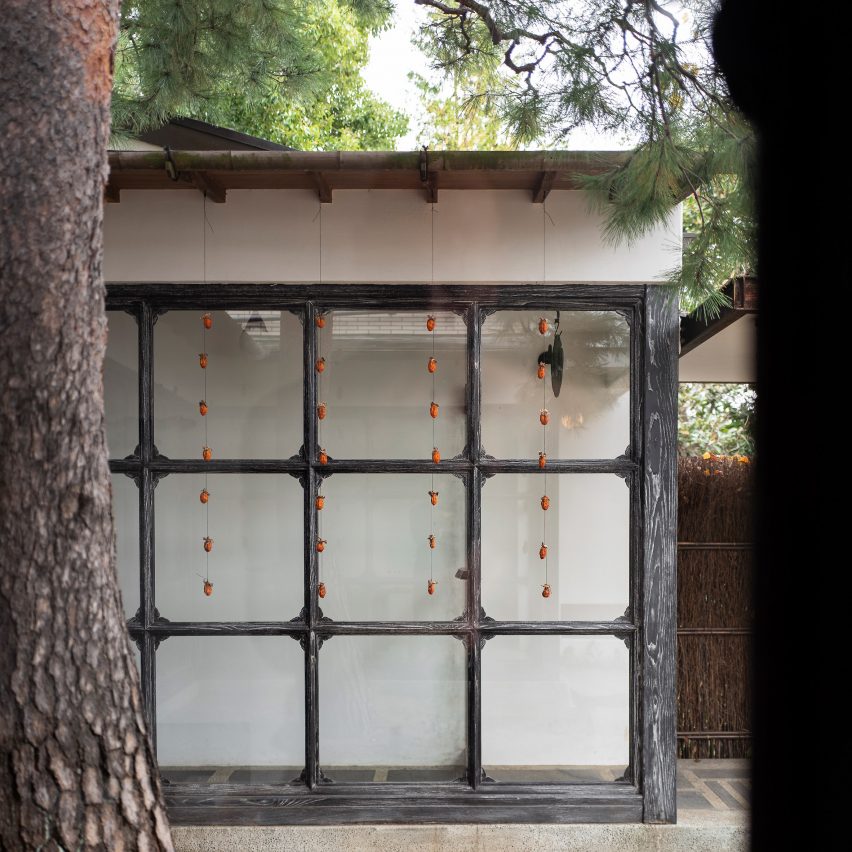
Yakumo Saryo, Japan, by Simplicity
Located simply 15 minutes stroll away from considered one of Tokyo’s bustling metro stations, Yakumo Saryo is an intimate invitation-only restaurant that gives kaiseki – a type of Japanese haute-cuisine the place diners are offered with a sequence of small, ornate dishes.
The interiors of the constructing, which was as soon as a personal house, aptly function a variety of skylights and full-height home windows that assist illuminate the culinary craftsmanship that goes into every plate of meals.
“There are components of this [project] that make you consider Jun’ichirō Tanizaki’s In Reward of Shadows: there are some very dimly lit eating areas, whereas different components have massive glass facades that allow in an abundance of daylight,” mentioned Bjerre-Poulsen.
“Now, greater than ever, there’s a want for pure and haptic interiors that may join fashionable city dwellers with a way of nature in massive cities.”
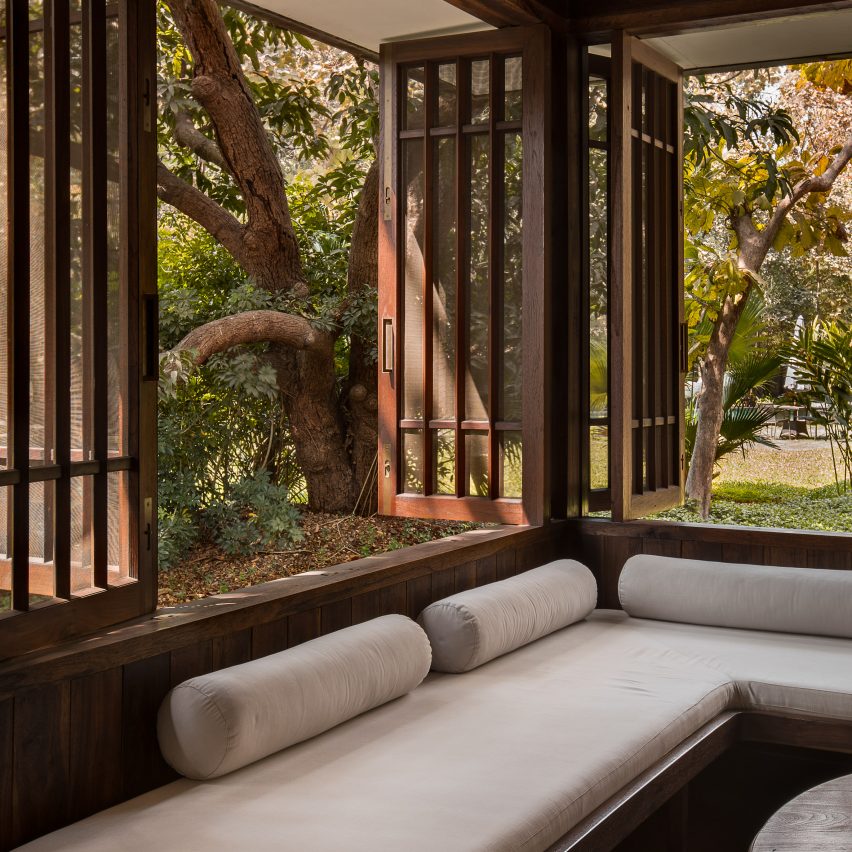 Photograph by Alexander Wolfe
Photograph by Alexander Wolfe
Copper Home II, India, by Studio Mumbai
Slim timber screens assist shade residing areas inside this Indian house, which is nestled amongst a luscious mango grove.
The property perches up on a sloped platform that, throughout heavy downpours, channels rainwater to a stream that runs close by.
“I see the residence as encapsulating a number of key components of haptic design explored in The Contact,” defined Bjerre-Poulsen.
“Its mashrabiya-style exterior partitions filter and play with mild all through the day, its materials palette depends closely on native laurel wooden and it has an inside courtyard that welcomes in surrounding nature.”
“I like the concept that being inside the house would really feel like sheltering from a storm,” he added.
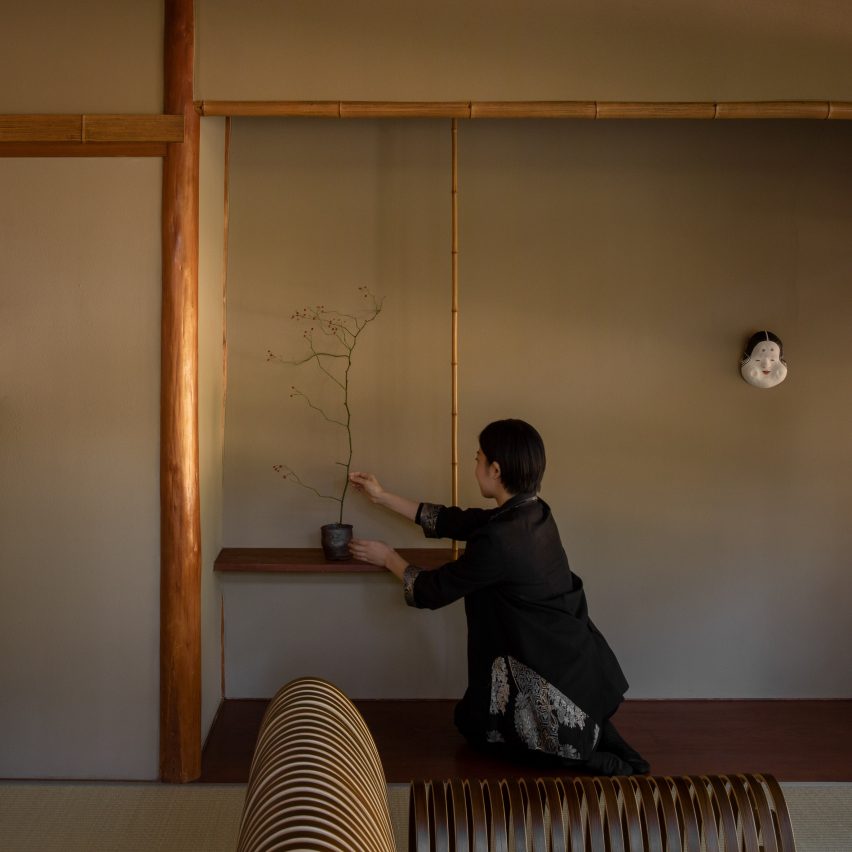
Hoshinoya Kyoto, Japan, by Azuma Architects & Associates
A conventional Japanese cedar boat is the one mode of transport that can be utilized to succeed in the remoted Hoshinoya Kyoto resort, which lies alongside the forested shoreline of the Ōi River.
Clocks and televisions are additionally omitted from its communal areas to additional distance visitors from the chaos of on a regular basis life.
“The journey [to the hotel] instils visitors with an actual sense of departure from town, however the truth that it doesn’t show any clocks means there may be by no means actually any sense of arrival; the intention is for visitors to flee the idea of time,” mentioned Bjerre-Poulsen.
“With out schedules or distraction, it is more likely that you’re going to take note of your environment which, within the case of Hoshinoya Kyoto, are historic timber and ryokan structure.”
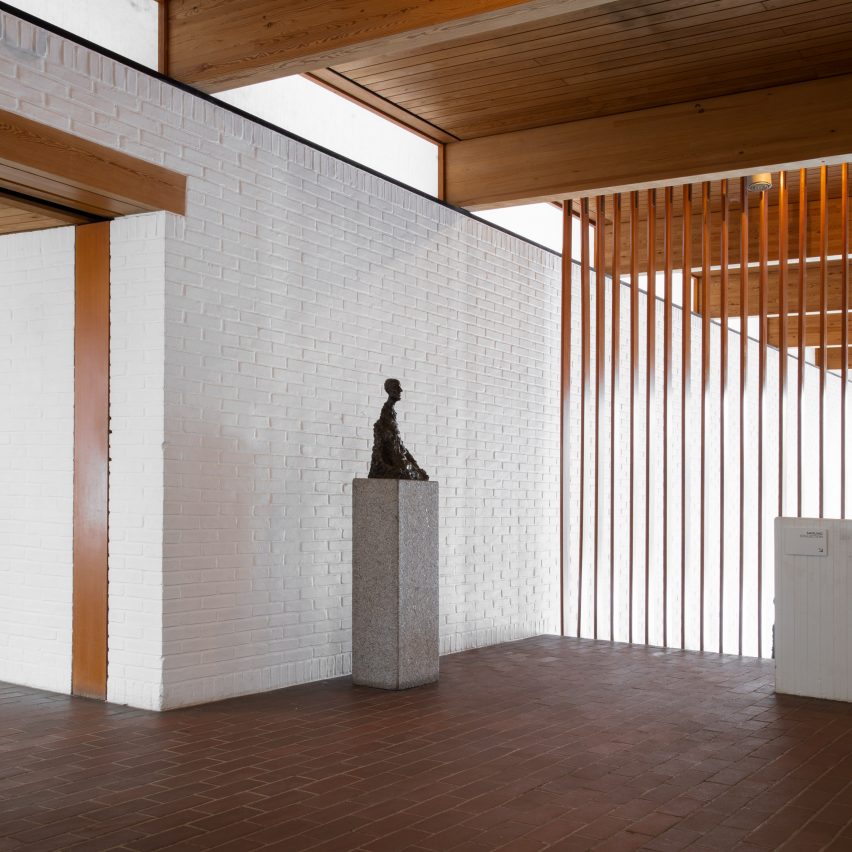
Louisiana Museum of Fashionable Artwork, Denmark, Wohlert Arkitekter
Located simply north of Copenhagen, The Louisianna Museum of Fashionable Artwork overlooks a sound of water that separates mainland Denmark from Sweden.
On the centre of the positioning is a 19th-century villa, from which extends seven up to date buildings. Every one options dramatic floor-to-ceiling home windows that direct views in direction of the verdant grounds dotted with sculptures by artists like Henry Moore and Alexander Calder.
“Once I first moved to Denmark, I used to be advised to make a visit to the museum by so many individuals – I hadn’t anticipated for the constructing itself to be as memorable because the artwork on show, however it unfurls slowly and in such a manner that usually steals focus from the displays,” mentioned Bjerre-Poulsen.
“It is an actual masterpiece of Danish modernism.”
Photos courtesy of Jonas Bjerre-Poulsen except acknowledged in any other case.